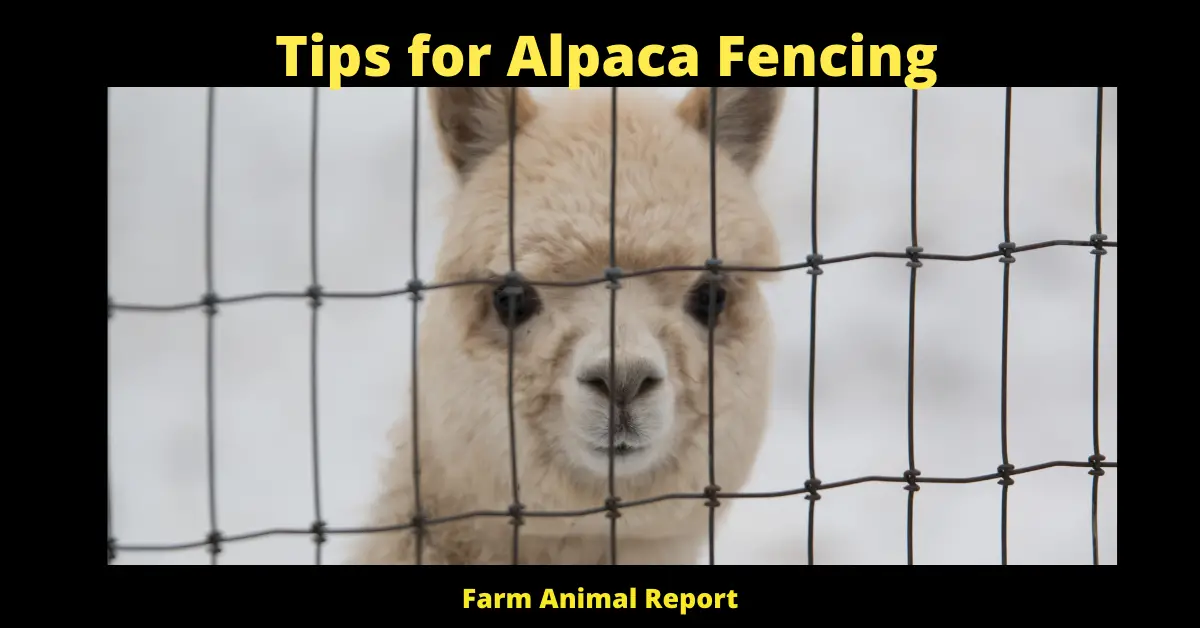As a general rule Alpacas do not challenge fences, they are not known to jump fences. Your fences need to keep your Alpacas safe, and contained and be able to protect them and the rest of the alpacas, or flocks they are guarding against predators. It can be different materials, such as barbed wire and electric fencing. The most common types are: mesh panels that come in either square or triangle shapes; wooden posts that are either dug into the ground or cemented; and woven wire, also called mesh fencing.
Check Out Amazon’s Educational Resources for Raising Alpacas
Tips for Alpaca Fencing
- Contain Your Alpacas
- Keep your Alpacas Safe – Not to get hurt on the fence
- Protect from 4 legged Predators
Fencing for alpacas can be a tricky subject. The fencing needs to be sturdy and durable, while also being easy enough to move when you want to access what’s on the other side. It is important that the fence does not have any gaps in it because alpacas are known for their ability to get through very small spaces. If you’re looking for fencing that will keep your alpaca safe from predators but give them plenty of room to roam, then check out these types!
What is Alpaca Fencing and how does it work?
Alpaca fencing can be made from a number of different materials, such as barbed wire and electric fencing. The most common types are: mesh panels that come in either square or triangle shapes; wooden posts that are either dug into the ground or cemented; and woven wire, also called mesh fencing.
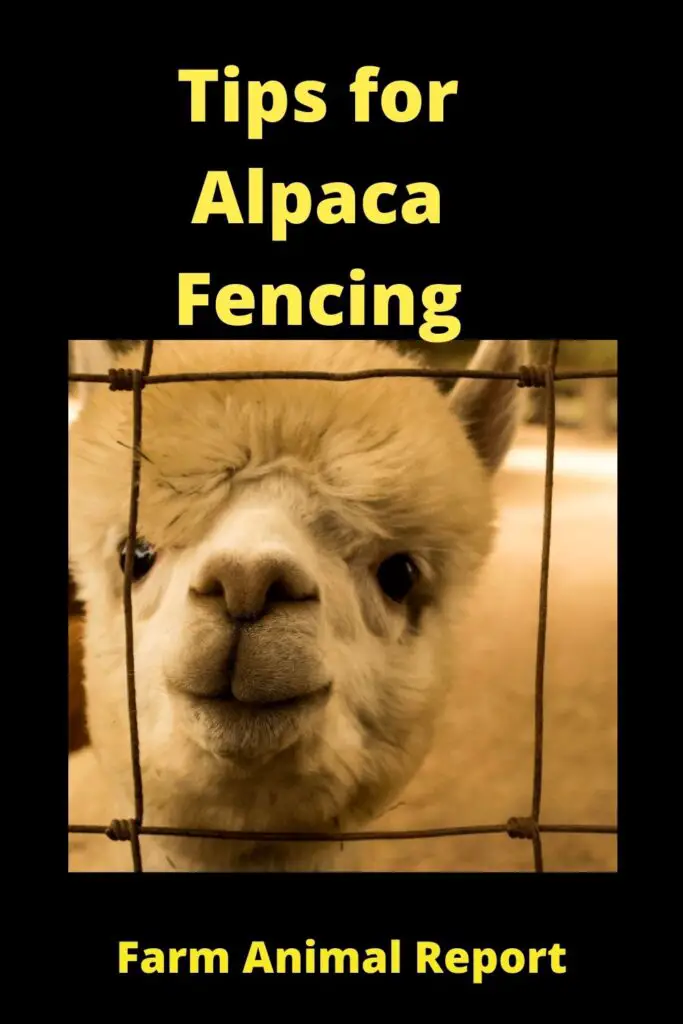
what type is best to install on your property?
You need to take into consideration what your alpacas will be doing on the other side of the fence. For example, if you would like to have a large pasture for them, then we suggest meshing fencing that is supported by wooden posts and attached with high tensile wire. If you want more control over what they can access in their paddocks, and pastures, such as shelter or food, then you can have what is called a “hot wire” fence. This type of fencing has electric wires attached to it, which are off most of the time but will turn on when an animal touches them.
It’s always best to talk with your alpaca breeder or veterinarian before deciding what kind of fencing would work for you and your alpacas.
Alpaca fencing can be made from a number of different materials, such as barbed wire and electric fencing. The most common types are: mesh panels that come in either square or triangle shapes; wooden posts that are either dug into the ground or cemented; and woven wire, also called mesh fencing.
18 ways Alpaca Farmers make Money
Do alpacas jump fences?
Alpacas usually do not jump fences, but they are very good at finding weak spots in the fence that they can push through. It is important to check your fencing often for damage or holes where one of these beautiful animals could escape!
A secure height would be between four and five feet. However, alpacas do not jump fences!
Types of fencing available for use with
Can you use electric fencing for alpacas?
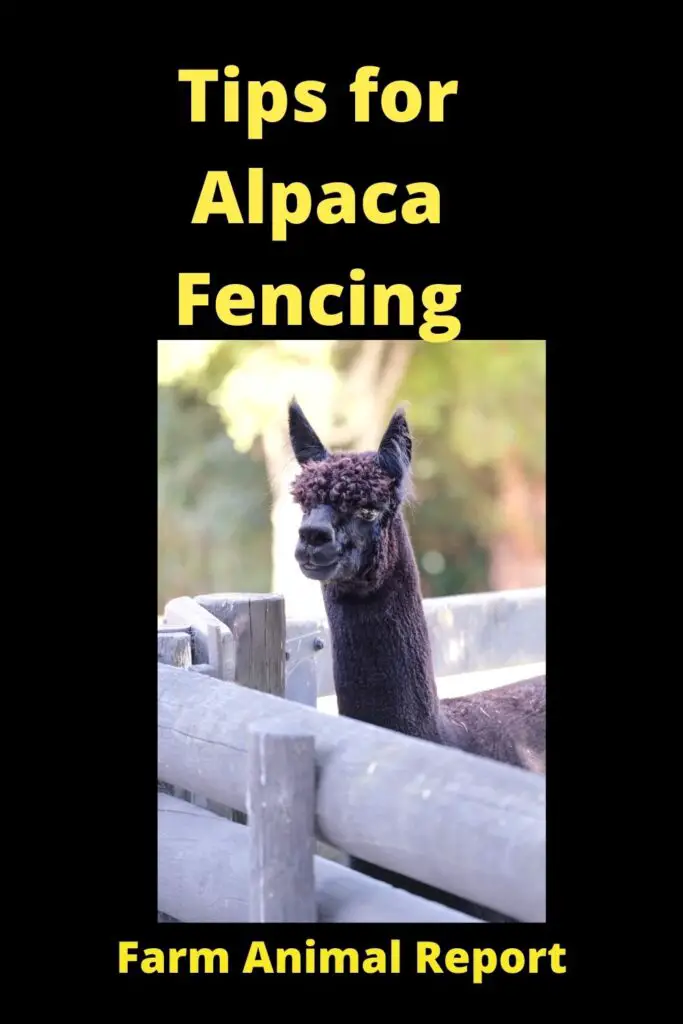
Yes! Electric fencing is often what alpaca breeders use for their animals. This type of fencing has electric wires attached to it, which are off most of the time but will turn on when an animal touches them. It’s safe and effective, so you can rest easy knowing your animals are protected from predators while they roam free in their fenced-in area.
It can be solar-powered, so you won’t need to worry about plugging it in or maintaining any parts.
The Parts of an electric fence is
1) Fence Charger
The fence charger sends an electrical pulse through the wire.
This is what makes it effective and keeps predators away from your alpacas!
It needs to be plugged in and requires very little maintenance.
A low impedance battery-powered fence charger can cost as little as $40 or less, while a solar-powered model costs around $130.
2) Electric Tape or Wires
Electric fencing can be made with electric tape, which is a type of plastic-coated wire that connects to the fence charger. Or you can have traditional metal wires connected instead. Both work just as well and come in 12 or 14 gauge sizes. Just remember what we said about checking your fence often!
If you’re going to be using electric fencing, make sure you get what is called a “hot wire” fence. This type of fencing has electric wires attached to it, which are off most of the time but will turn on when an animal touches them. It’s safe and effective so you can rest easy knowing your animals are protected from predators while they roam free in their fenced-in area.
3) Electrical insulators
Electric fencing requires a lot of these, and to be honest they don’t really have an alternative use. They come in different shapes and sizes depending on what part of the fence you need them for. If you’re going to be using electric fencing, it’s important that your alpacas stay away from metal objects such as farm equipment or poles.
The insulators are what keep electricity from going to these items. They can be made of plastic, but you will have a more secure fence if they’re metal too!
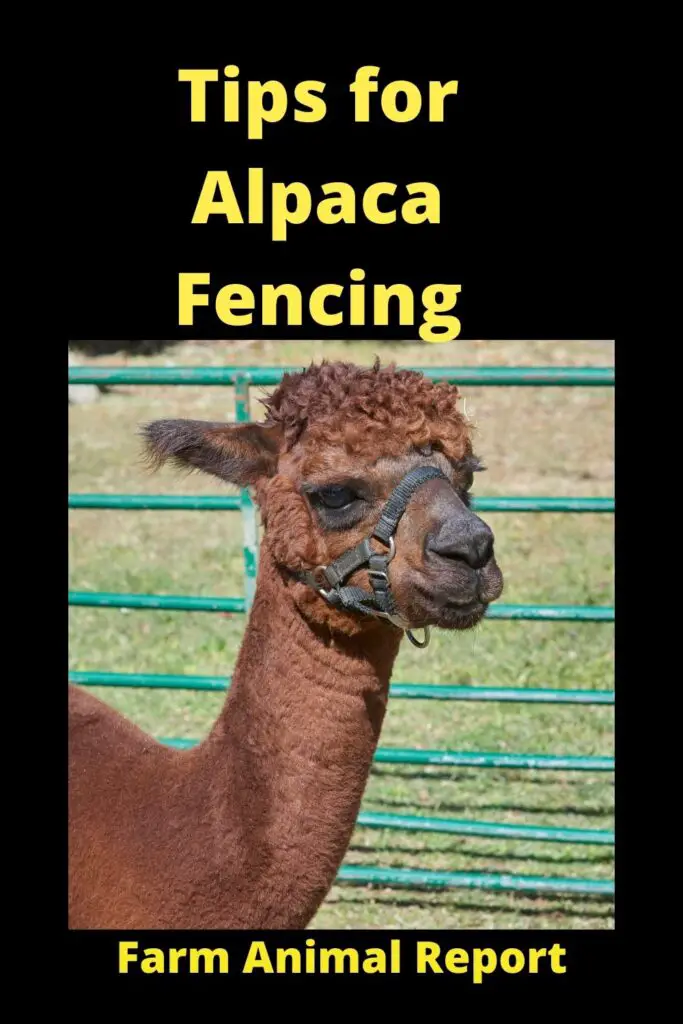
You can Use Woven Wire fences for
Woven wire comes in a number of different sizes, from ¾” to ½”. It is what’s called “laid,” which means the wires are intertwined with each other. The more tightly they’re laid together, the stronger and sturdier it will be. Remember that alpacas have very fine hair so what might look like a strong fence to you won’t be as effective for them.
Woven wire fencing can last up to 30 years if it is regularly checked and maintained, so it will definitely save you money in the long run! You’ll want one that’s made of galvanized steel or aluminum because those metals are what alpacas’ teeth are the hardest on.
The best height for woven wire fencing is between four and five feet, but what you use will depend on where your alpacas are located. For instance, if they’re near a road or other vehicles, it’s important to make sure that there are no gaps in the fence so they don’t escape! You can also use this type of fence to keep other animals out.
It will also keep out 4 footed predators such as dogs or coyotes. Woven wire fencing is what many alpaca farms use, and what’s great about it is that you can rest easy knowing your animals are protected from predators while they roam free in their fenced-in area!
You should also know how to check for breaks, tears, holes…or any weak spots in the fence. You can’t simply rely on what you see at eye level, because these animals are very smart and talented when it comes to escaping!
When checking your alpacas’ fencing, always start from inside their enclosure and work your way outwards. That way if there is a problem with any part of the fence that will pose a danger to them, you will catch it before they do.
Cost for Woven Fences are approximately
$12 per foot for a 12-foot length
$14 per foot for a 13-16 feet length
$15.50 per foot for a 17-20 feet length
$17 per foot for lengths over 20 feet long
It is not Suggested but you also can Use Barb Wire
Barbed Wire is what we usually think of when we hear the word “fence,” and it’s what most people imagine when they’re thinking about alpacas. However, this type of fencing is actually not recommended because their hair can get caught in its barbs.
Barbed wire should only be used if you have a very special situation where your alpacas are contained in an area where there’s no way for them to get into trouble. For example, if you have alpacas that wander freely on your property but they’re not allowed near the road or any other areas where this type of fencing has been used before then it could work fine.
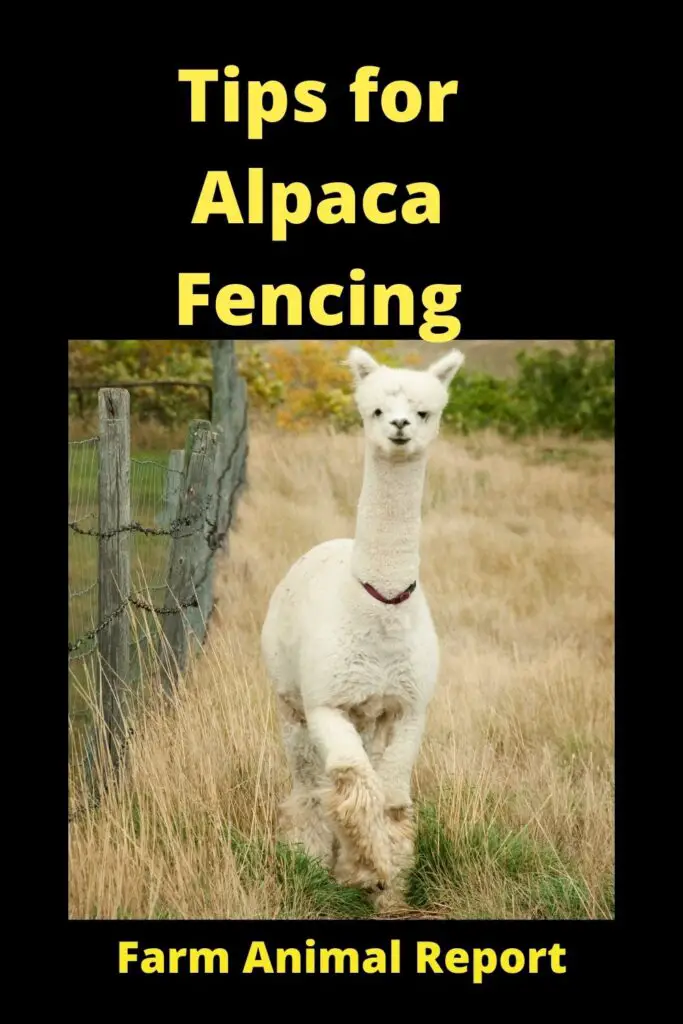
How to install an Alpaca fence
How far apart should fence posts be for alpacas?
The spacing of the posts will depend on what kind of fencing you’re using. If it’s woven wire then they should be between 12 and 15 feet apart, whereas if it’s an electric fence there need to be at least four inches between them so that an animal can’t fit its head through or get stuck! For barb wire fences, they should be around seven feet apart.
And what about the height? For woven wire, it should be between five and six feet high while barb wire needs to be at least seven feet tall for them not to escape! If you’re using electric fencing then your posts will need a wooden crossbeam every eight-ten feet so that the alpacas can’t touch the wire.
You also need to make sure that your fencing is secure and firmly in place so they can’t knock it over! For woven wire, you’ll want what’s called “lapped” wires, which means they overlap each other at least six inches with no open spaces between them. If there are any gaps then alpacas can put their heads through and get stuck, which will result in serious injury or even death.
For barb wire, you’ll need what’s called a “high tensile” wire that is very, very strong! It should be at least five-sixteenths of an inch thick and must also have barbs on top so the alpacas can’t get out. Electric fencing is the easiest to install because you only need an electric wire every four-six feet so that they have a good shock but not one strong enough to seriously hurt them!
Fences for alpacas should be sturdy and safe, while also being tall enough so that predators won’t be able to jump over them.
You should bury your Fence Post to a depth of at least 42 inches.
For what it’s worth, this is what we do to install our alpaca fencing:
-First, we make sure the ground in their enclosure is nice and smooth so nothing gets damaged when they move around! (We use a front loader for this)
-Then we dig down about four feet from the surface and make sure the posts are firmly in place, with at least a foot going straight down into the ground for added support.
-Next, we put boards across each of them to create what’s called a “cattle panel” which is basically what your fencing will attach to. We space these about four feet apart from one another so that alpacas can fit through but also so that predators have a hard time getting in!
-Next, we attach what’s called an “alpaca clip” to each of the wires, which are what alpacas will actually be touching. They’re made out of 100% aluminum and won’t rust when it rains or snow melts on them during the winter.
-Finally, what we do is attach the fencing to these clips and then it’s good to go! If you’re using electric wire then just let it hang loose for now so that alpacas can see what happens if they touch it but don’t actually shock them with electricity yet. Then when all of your posts are up you can attach what’s called an “electric fence controller” which is what sends the shock through their fencing.
Its Important to install Gates in your fencing.
This is what we do to install our alpaca fence gate:
-We dig down about three feet with a front loader, then put in some nice wooden beams that are very sturdy and won’t break when the alpacas push on them! This will be what’s holding up their gate so it needs to be very strong.
-Next, we attach what’s called a “pony panel” to the front of the gate, which is what alpacas will be pushing against when they want to go in and out. These are made mainly for horse fencing but work just as well with alpacas! They’re very sturdy because they’ve got an aluminum frame with what’s called “hot-dipped galvanized” wire, which means it won’t rust even if you leave it out in the rain.
-Finally, we attach what’s called a tension rod to each side of their gate so that they can push against them but not breakthrough! We make sure to test these every now and then by pushing upon them to make sure they don’t move. The idea is that alpacas can push against these gates all day but if a predator tries too then it’ll pop right back open and keep you safe!
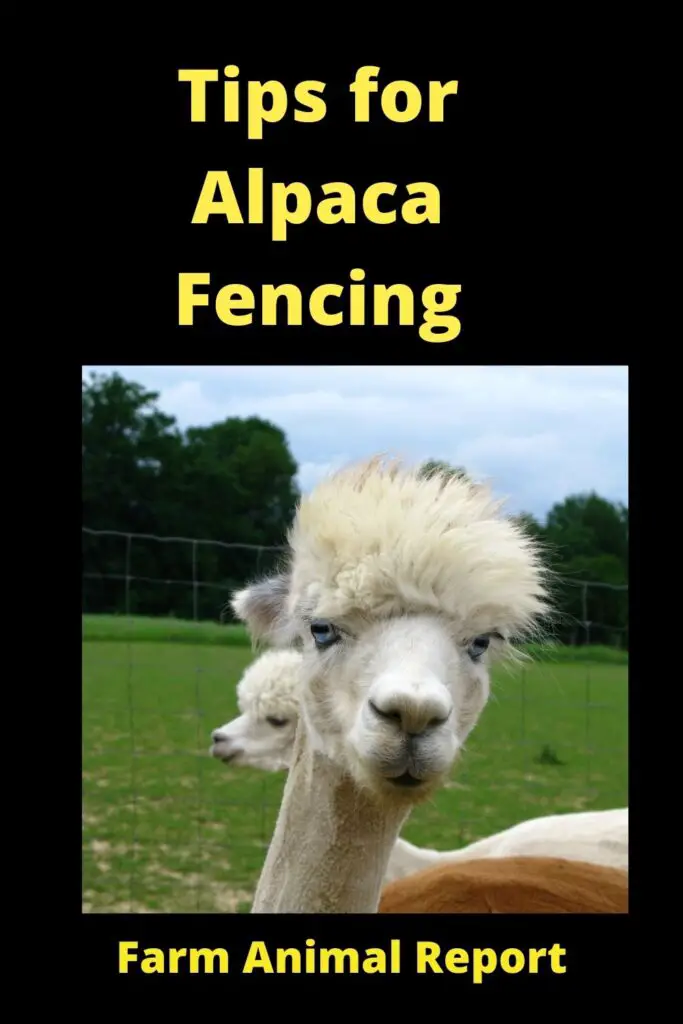
Alpaca fencing should be what’s called “livestock grade,” which means it has the strength necessary for large animals like alpacas to use it. Electric fencing is what’s recommended for most people because you don’t have to do anything once your posts are set up and it keeps predators out!
Final Thoughts
In summary, Alpaca Fencing is very important to make sure that your alpacas are safe. Fences should be sturdy and tall, while also being what’s called “livestock grade” so they have the strength necessary for alpacas! won’t breakthrough!


